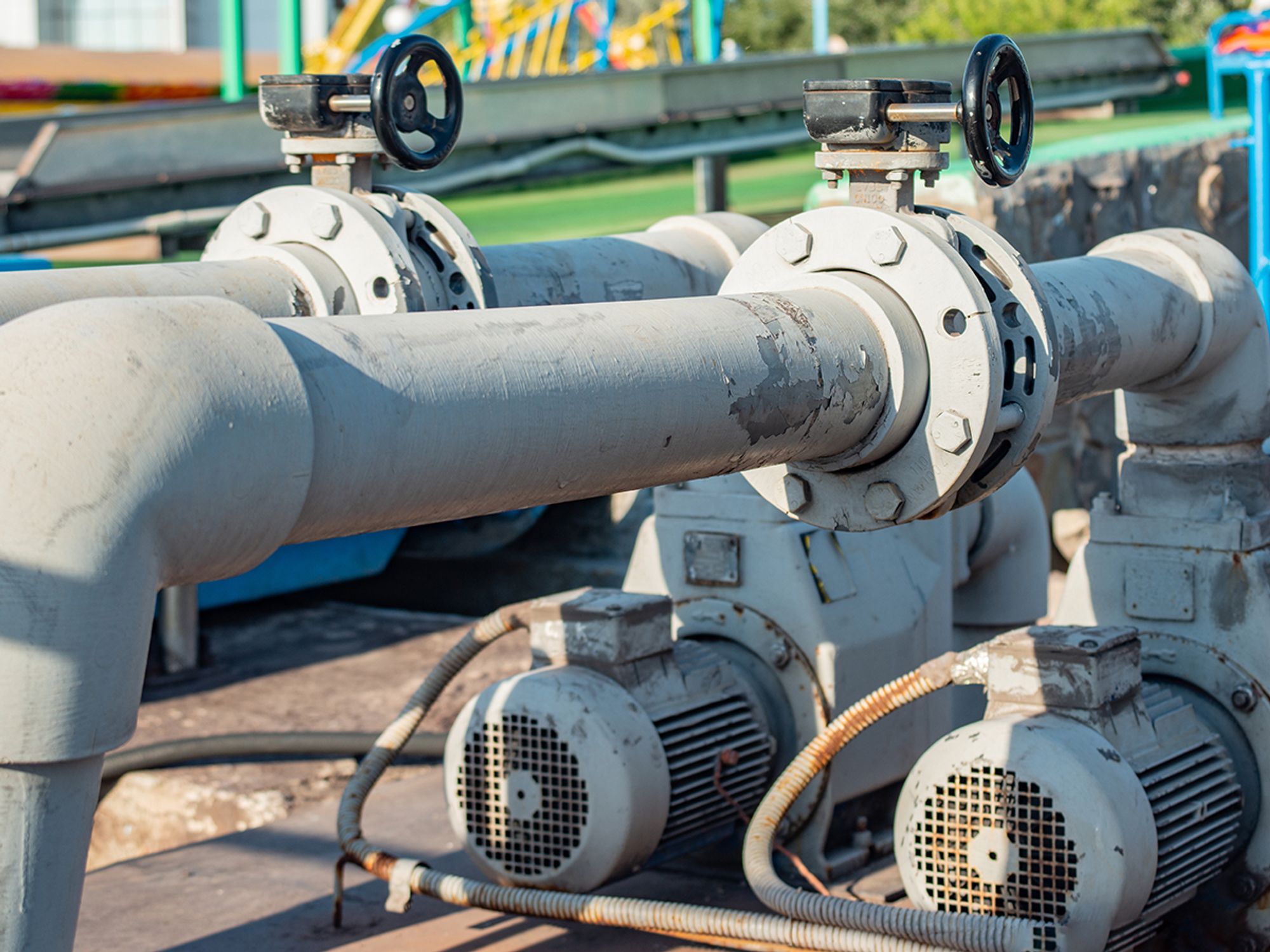Leak detection methods for piping

- If the UST has suction piping that was installed on or before April 11, 2016, the release detection requirements will depend on which type of suction piping the owner and operator has.
Pressurized piping installed on or before April 11, 2016, must meet the following requirements:
- The piping must have devices that automatically shut off or restrict flow or trigger an alarm that indicates a leak.
- The owner and operator must either conduct an annual tightness test of the piping or use one of the following monthly methods:
- Interstitial monitoring
- Groundwater monitoring
- Vapor monitoring
- Continuous in-tank leak detection
- Statistical inventory reconciliation
- Other methods approved by the implementing agency
If the underground storage tank (UST) has suction piping that was installed on or before April 11, 2016, the release detection requirements will depend on which type of suction piping the owner and operator has. If the owner or operator can show that their suction piping has characteristics listed below, the piping will not need release detection.
- Below-grade piping operating at less than atmospheric pressure is sloped so that the piping’s contents will drain back into the storage tank if the suction is released.
- Only one check valve is included in each suction line and is located directly below the suction pump.
Suction piping that does not exactly match the characteristics noted above must have release detection, either monthly monitoring or tightness testing of the piping every three years.
Piping installed or replaced after April 11, 2016, must have secondary containment with interstitial monitoring, except suction piping that has the characteristics listed above. In addition, pressurized piping must have a device that automatically shuts off or restricts flow or triggers an alarm that indicates a leak.
